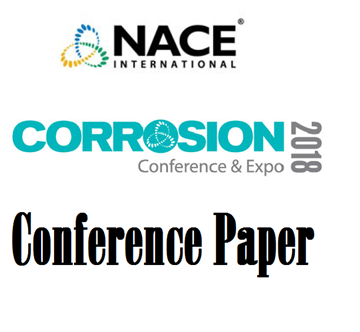Search
51318-11338-Weathering Steel Corrosion Study at 30 sites in South Florida
Also Purchased
51318-11337-Study of Akaganeite in Weathering Steel Corrosion Products and Distance From Ocean in South Florida
Product Number:
51318-11337-SG
Publication Date:
2018
$20.00
51318-11321-Systematic Design and Management of an Offshore Cathodic Protection System
Product Number:
51318-11321-SG
Publication Date:
2018
$20.00
51318-11344-Remaining Life Estimation of Alloy 800H Tube Material
Product Number:
51318-11344-SG
Publication Date:
2018
$20.00




